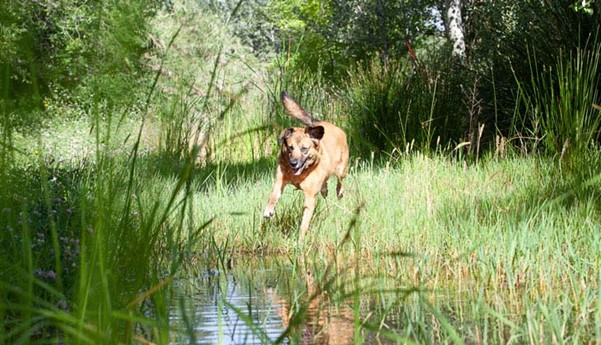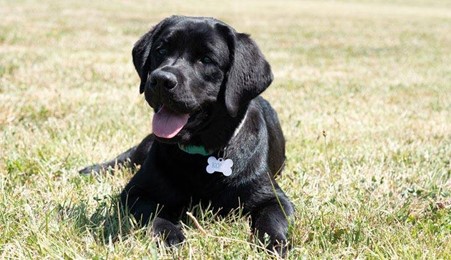Canine Vector-Borne Diseases
What are vector-borne diseases?
Vector-borne diseases – VBDs – are carried by fleas and ticks and may spread from these parasites to humans. These diseases are also called ‘zoonotic’. VBDs spread, from one animal to another, by the vector parasitic organisms – such as ticks, fleas, sandflies and mosquitoes. – which carry diseases or germs called pathogens. These parasites, which carry the disease- causing organisms, belong to the biological group called arthropods. Canine VBDs includes many different types of diseases, some of which are new to veterinarians. Some of these diseases can cause serious symptoms in dogs and the same parasites can even infect humans, becoming a health risk.

Why are these diseases a problem now?
These diseases, which used to be a problem in tropical and sub-tropical areas, are becoming more prevalent in new areas, posing a risk for more dogs. In fact, vets may come across dogs with an infectious disease which is new to them.
How much of a risk are VBDs to humans?
Several conditions are required for these zoonotic diseases to be transmitted to humans: vectors, animal hosts, certain climatic conditions, pathogens and humans who are exposed to these parasites, are among the essential conditions required, which need to happen at the same time, in the same place.
As climates change, the areas in which these parasites can live gets bigger and there has been an increase in these VBDs in dogs. As human impact on the environment changes and people move from one area to another, with their dogs, these vectors move with them, spreading infections into new regions.

How can I protect my dog from VBDs?
Prevention is the best strategy to protect your dog. The following treatments protect canines from these vectors, such as ticks, fleas and flying insects:
- Repellents
These help to stop the parasite from landing on your dog so that infection cannot take place. They are put on your dog’s skin and protect against flying insects such as sandflies and mosquitoes. There are special collars which repel these parasites, but these do not provide the all-over level of protection as some of the newer systemic repellents. Some repellents can be washed off by your dog getting wet in the bath or the rain.
- Medication
There are medications on the market which can help protect your dog against the vectors themselves, mainly ticks and fleas. There are various products available on the market, it is best to use a product that provides long lasting protection, such as Bravecto®, which will reduce the risk of tick and flea infestations between treatments.
Is there anything I can do around my home to protect my dog against VBDs?
- Mosquitoes
Try to avoid having any standing water around your garden, such as water in garbage containers, buckets, children’s toys, because mosquitoes need water in which to lay their eggs.
- Ticks
Try to separate your garden from grassy or wooded areas by making a gravelled or wood-chipped area. Clear leaves, overgrown grass and bushes from around your property, and keep your lawn mown.
- Fleas
Fleas are quite hard to prevent if they are in your area, but you can try and ensure that bedding is regularly washed, and carpets vacuumed. Try and keep wild animals or pests such as rats out of your yard. Once a flea is spotted in your home or on your pet however, it is already too late, you already have an infestation on your hands. The best way to prevent fleas from calling your home theirs is to ensure that you stay up to date with your pets’ flea treatment by using a product such as Bravecto®.
And finally…
If you are worried about your dog having picked up ticks or fleas from outside, speak to your vet about how to check your dog’s skin and how to remove ticks safely. Your vet will also explain all your treatment options regarding ticks and fleas.
Subscribe to our Newsletter
Get to know your furry friend better! Sign up for all things dog- or cat-related.
The Hairy Facts about the dreaded hairball
12 April 2021
Help! My dog’s barking mad! Volume 2
12 April 2021
Your Itchy, Scratchy Cat – All About Cat Skin Problems
12 April 2021
The Dog’s Diet: A Bone of contention?
01 April 2021
Mango Fly Worms: How to Spot and Eliminate them
Posted on November 28,2019
Managing Mange And Mites In Your Dog
Posted on June 11,2018
Why Do Cats Purr and How? Learn What Your Cat Is Saying
Posted on October 14,2020
How to Get Rid of Ear Mites in Dogs
Posted on November 06,2019









